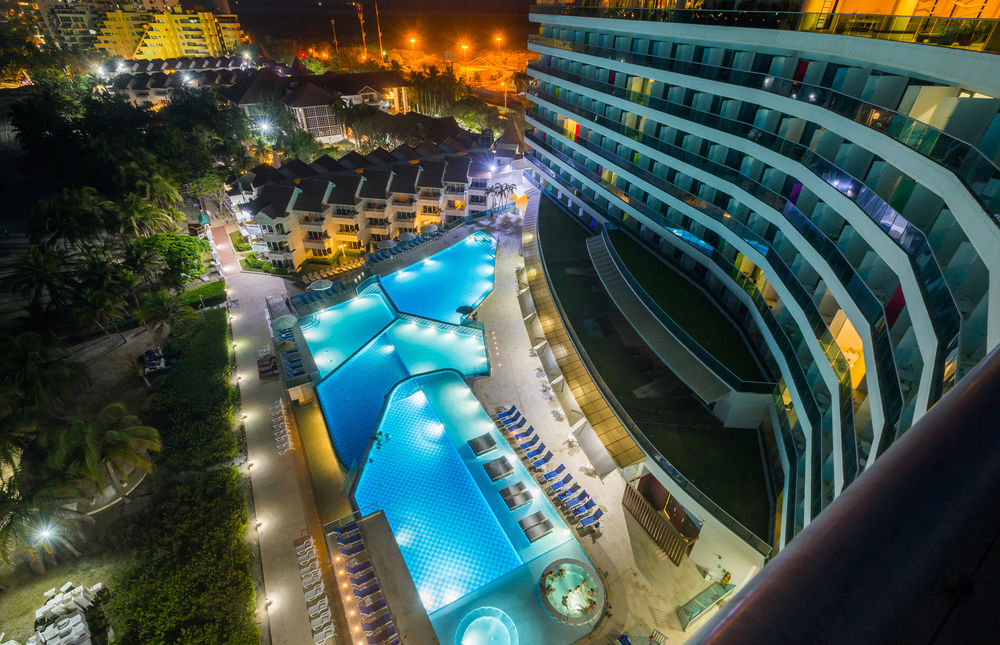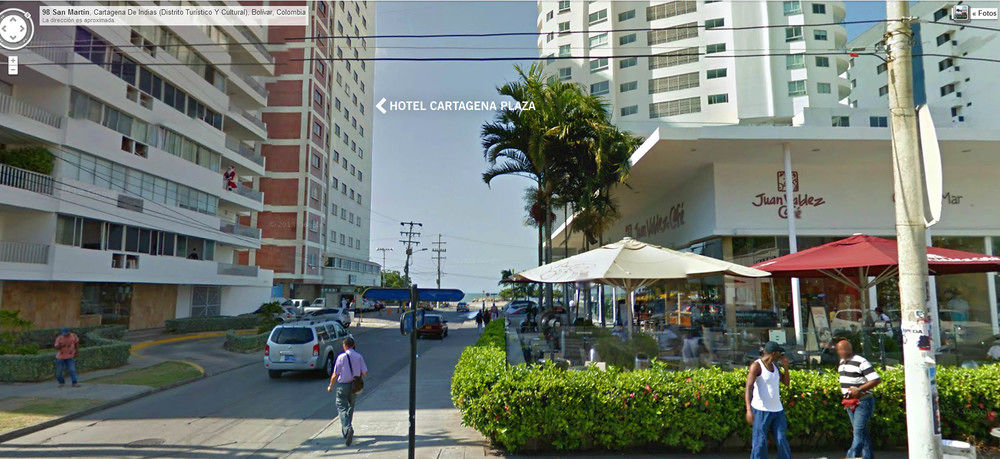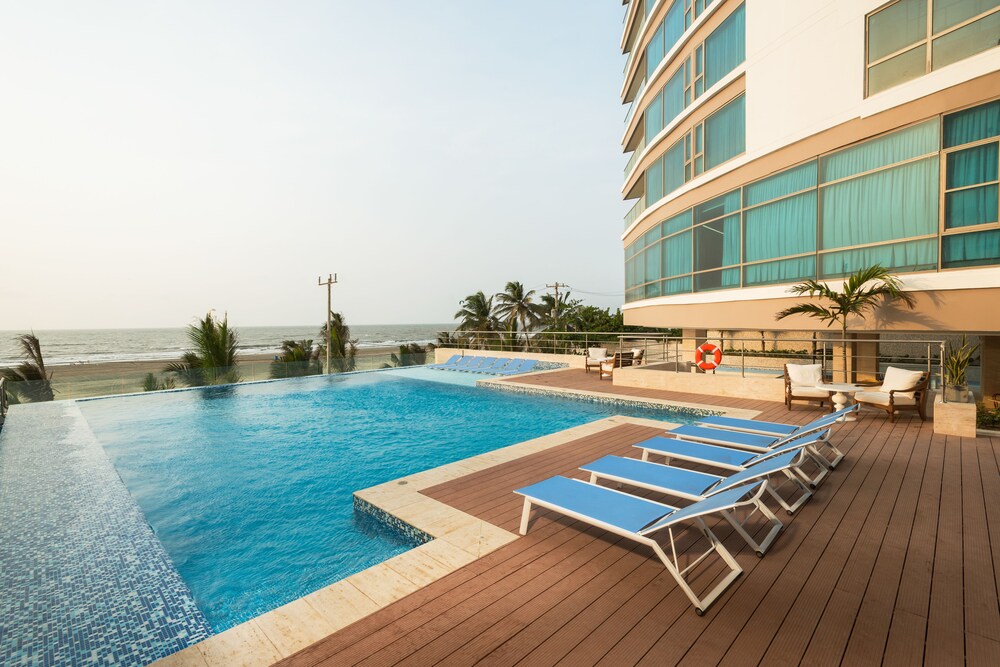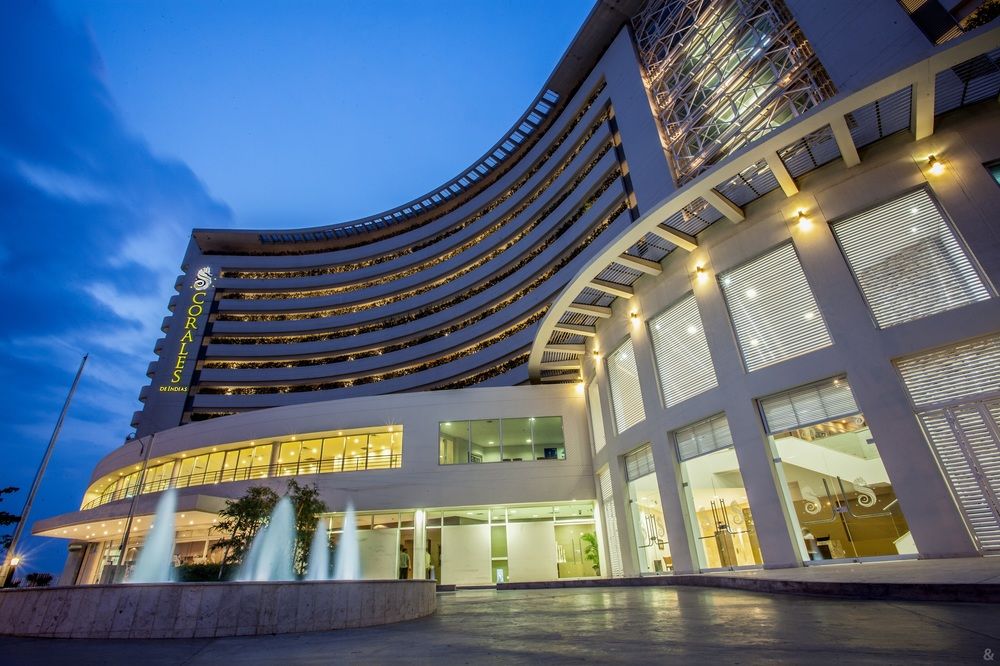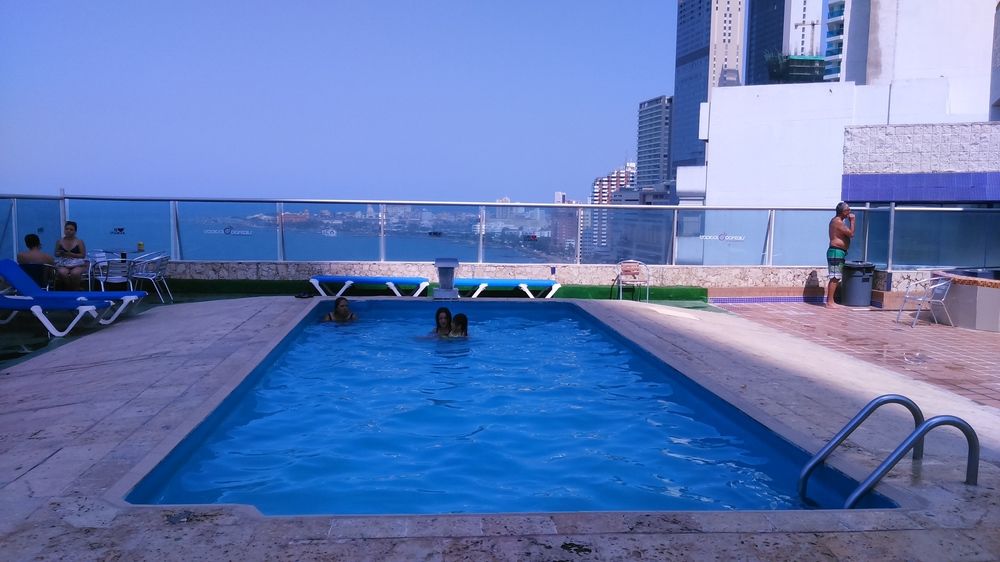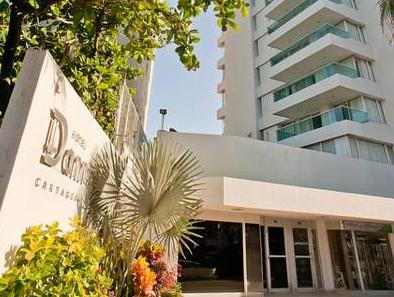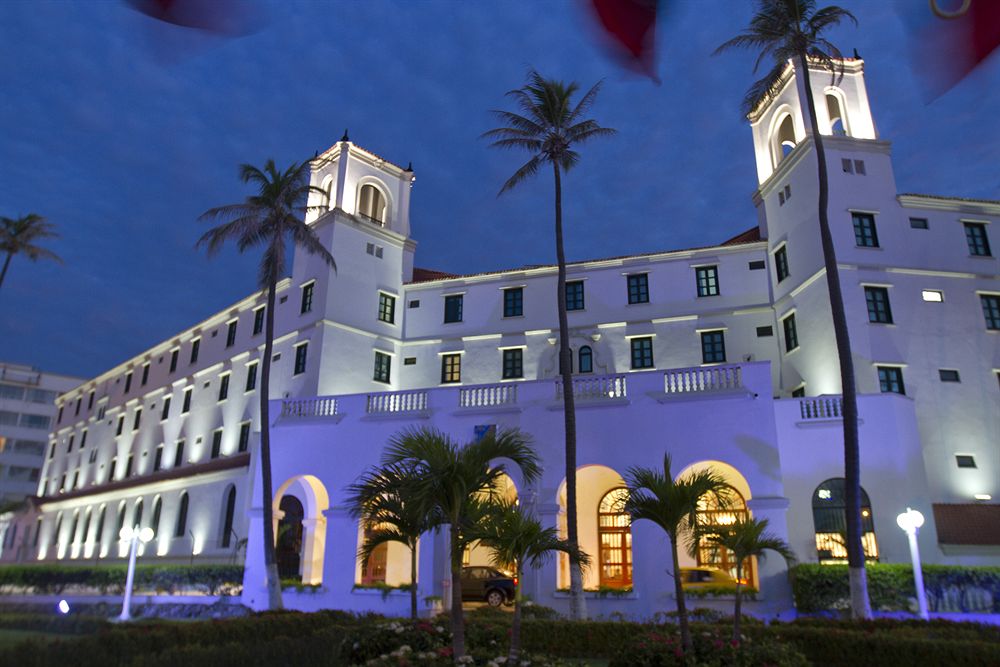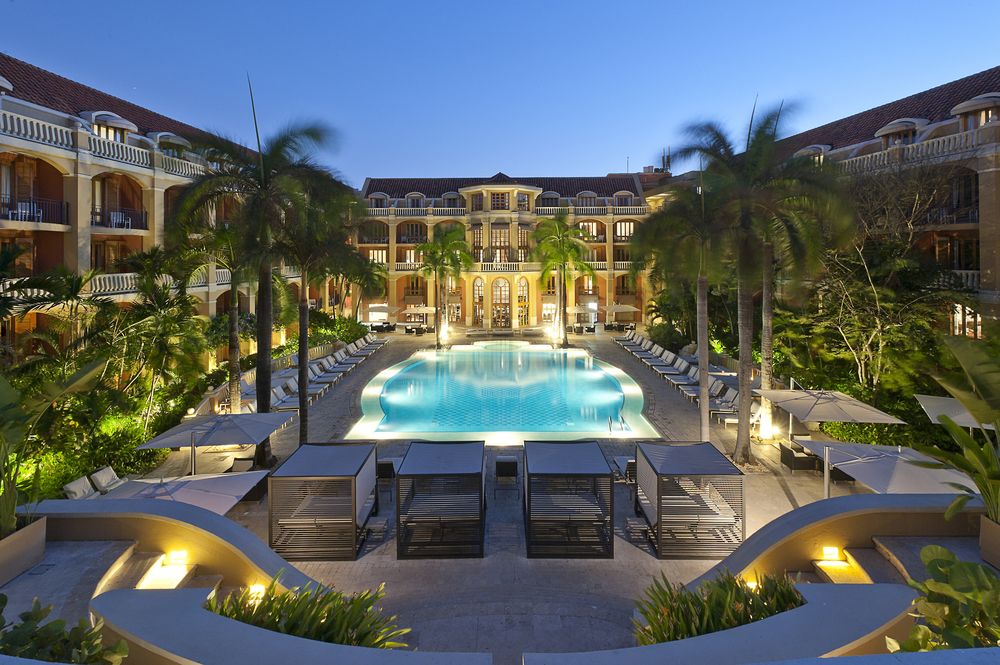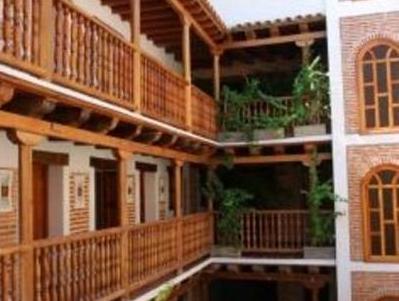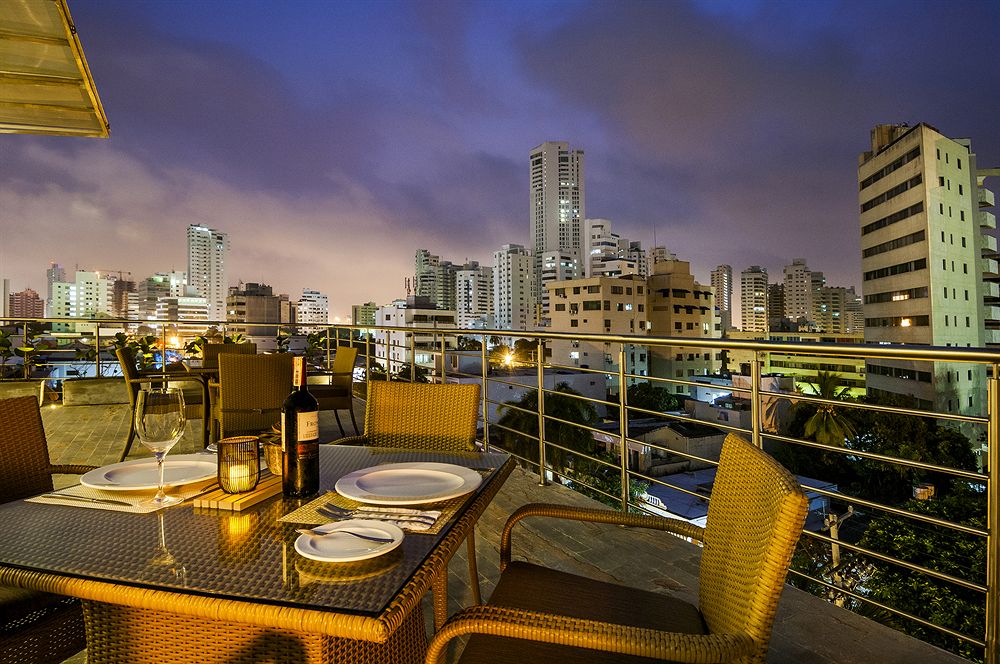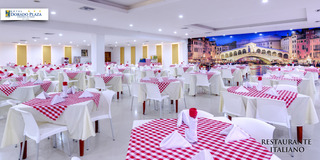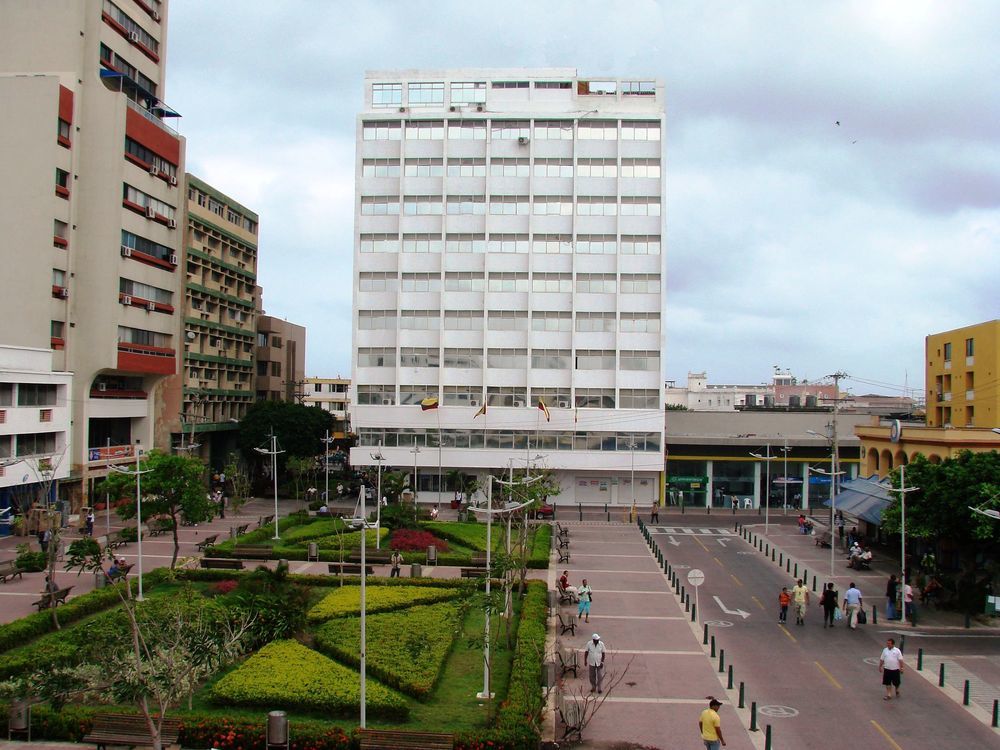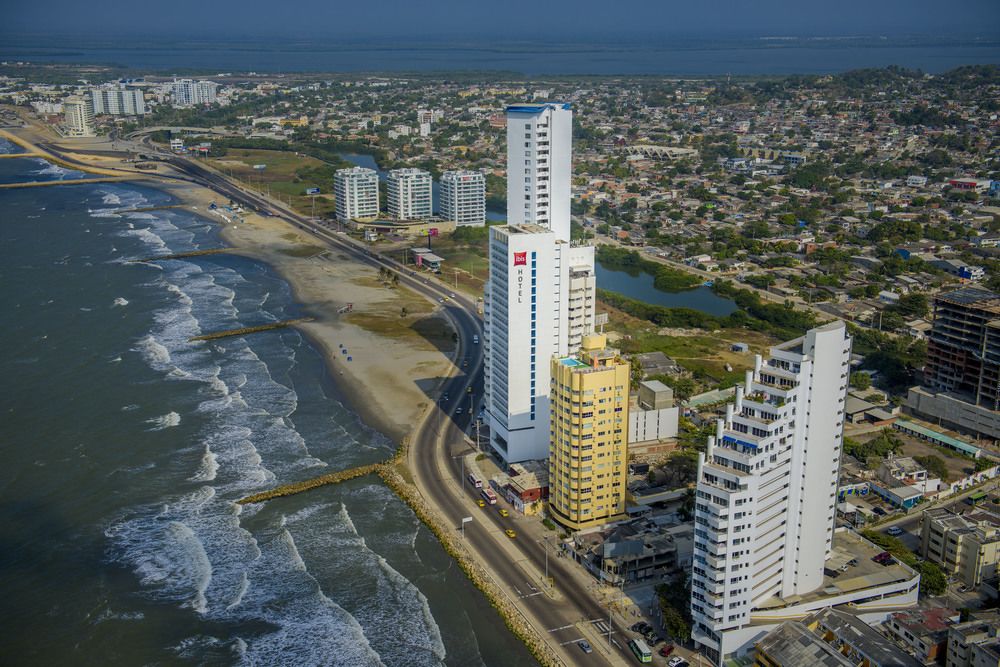
カルタヘナ・デ・インディアスホテル検索結果
AIが見つけた軒のホテルの最安値をご覧ください。
ベストホテル
最安値のホテル
ホテル等級
AIおすすめ
カルタヘナ・デ・インディアスベストホテル
カルタヘナ・デ・インディアス 最低価格のホテル
最高評価のホテル
カルタヘナ・デ・インディアスにある5つ星ホテル
カルタヘナ・デ・インディアスにある4つ星ホテル
カルタヘナ・デ・インディアスにある3つ星ホテル
AIがおすすめする世界の旅行先
カルタヘナ・デ・インディアス近くのホテル情報
カルタヘナ・デ・インディアス 旅行に欠かせない情報
“The glory of medieval age”
The city of Cartagena, known in the colonial era as Cartagena de Indias (Spanish: Cartagena de Indias [kaɾtaˈxena ðe ˈindjas] ( listen)), is a major port founded in 1533, located on the northern coast of Colombia in the Caribbean Coast Region. It was strategically located between the Magdalena and Sinú rivers and became the main port for trade between Spain and its overseas empire, establishing its importance by the early 1540s. During the colonial era it was a key port for the export of Peruvian silver to Spain and for the import of African slaves under the asiento system. It was defensible against pirate attacks in the Caribbean. It is the capital of the Bolívar Department, and had a population 971,592 as of 2016. It is the fifth-largest city in Colombia and the second largest in the region, after Barranquilla. The urban area of Cartagena is also the fifth-largest urban area in the country. Economic activities include the maritime and petrochemicals industries, as well as tourism.
The city was founded on June 1, 1533, and named after Cartagena, Spain, which in turn was named after Carthage in Tunisia. Settlement in the region around Cartagena Bay by various indigenous people dates back to 4000 BC. During the Spanish colonial period Cartagena served a key role in administration and expansion of the Spanish empire. It was a center of political, ecclesiastical, and economic activity. In 1984, Cartagena's colonial walled city and fortress were designated a UNESCO World Heritage Site.
 時間 UTC-05
時間 UTC-05 通貨 COP
通貨 COP 言語 Spanish
言語 SpanishStaypiaだけの特別な特典
リアルタイムホテル最安値比較
AIが見つけたin カルタヘナ・デ・インディアスの軒のホテルのリアルタイム最安値を簡単に比較検索できます。
316万軒のホテルを最安値で予約
最低価格に最大31%追加メンバーシップ割引でさらにお得にご予約いただけます。
自分だけの
AIがリアルタイムで更新するカルタヘナ・デ・インディアス旅行情報で便利に旅行を準備しましょう。
よくある質問
カルタヘナ・デ・インディアスで最も人気のある5つ星ホテルはHilton Cartagena, Las Americas Torre Del Mar, Hotel Las Americas Casa de Playaです。 カルタヘナ・デ・インディアス 評価順にホテルを見る
カルタヘナ・デ・インディアスで最も評価の高いホテルはHampton by Hilton Cartagena, Hilton Cartagena, Las Americas Torre Del Marです。
一般的なホテルの場合、客室予約はキャンセル締切日前まで無料返金が可能です。キャンセル締切日以降は手数料が発生する場合がありますので、ホテルバウチャーまたはメニュー>マイ予約でキャンセル締切日をご確認ください。
ステピアでは、AIが収集した316万件のホテルの最安値はもちろん、会員限定の追加割引価格で人気ホテルを予約することができます。

